Ships are a huge part of world history and have been an important tool to every civilization. Before now, boats were used to explore other continents around the world, fighting and pillaging other vessels in the process. Let’s take a look back into the past to remember the pioneering ships that shaped our world.
8th Century: Viking
The Viking Empire dominated Europe from 793 AD to 1066 AD, until they were driven out by King Alfred the Great. Boats were a symbol of wealth and power for the Vikings, as skilled ship builders cost a lot of money. The most popular Viking design was called the Gokstad, which was sturdy and clinker-built. The vessel can be identified by its up-turned ends that finish in a stylistic swirl. Even though the Gokstad could only be pushed along with paddles, the ship could travel at the speed of 10 knots! If you’re ever in Norway and fancy finding out more about the Gokstad, there is a museum dedicated to Viking ships in Oslo, the original home of the Viking colony.
15th Century: Chinese Treasure Ships
The treasure ships were used during the Ming dynasty in the early 15th century. They were at least twice as long as the European ships at the time, and each ship had a 2800 ton capacity. But what were these grand vessels used for? The prestigious admiral Zheng He led a fleet of treasure ships on seven expeditions. This fleet consisted of 62 treasure ships and approximately 190 smaller ships. Historians say that Zheng He went to India, Thailand, Africa, Arabia and Brunei during these voyages, in order to trade gifts and be entertained by their leaders. The renowned politician used the presents from China (typically fine silk) as a shrewd political tactic, scaring the leaders of foreign lands into submission with his large fleet and obvious wealth.
18th century: Pirates
Black Beard is the most famous pirate of the 18th century, plaguing the shipping lanes of North America and the Caribbean throughout the early 1700s. Historians say that Black Beard was a sailor called Edward Teach that turned rogue, stealing a French ship and renaming it as the Queen Anne’s Revenge. Shrewd and dangerous, Black Beard looted other vessels on a regular basis with his conniving crew. His skills in pillaging made him a household name during the Georgian era, and his infamy still continues to this day. The Queen Anne’s Revenge was recently discovered off the coast of North Carolina, full of Black Beard’s cannons, anchors, gold dust, lead shots, animal bones and scientific instruments. The archaeological dig of the ship-wreck is still in progress, continuing to educate us about Black Beard’s adventures and the man behind the name.
Spring 2015: Britannia
Now that you’ve seen the past – you can look forward to the future! Britannia cruise liner is going to be the biggest of its kind, housing top-notch entertainment, fantastic eateries and gorgeous swimming pools. Britannia is a vessel that Britain’s Viking and Pirate counterparts could only dream of, as it is larger than the Shard and even the Eiffel Tower! The cruise liner is currently being built in a shipyard in Monfalcone and will be let loose on our oceans in spring 2015.


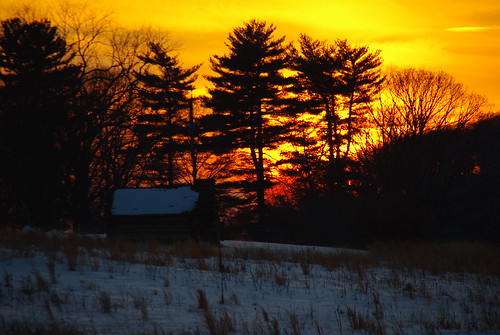
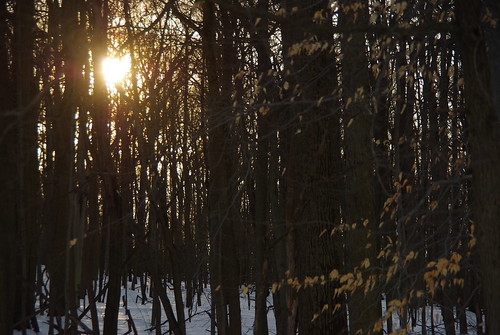
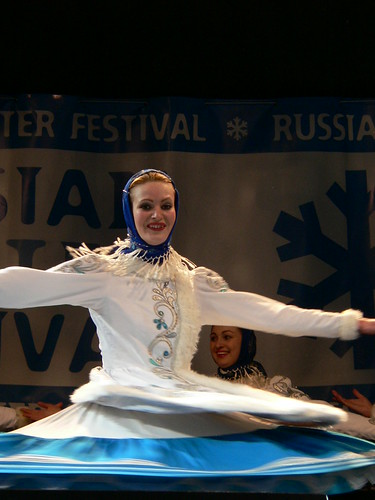
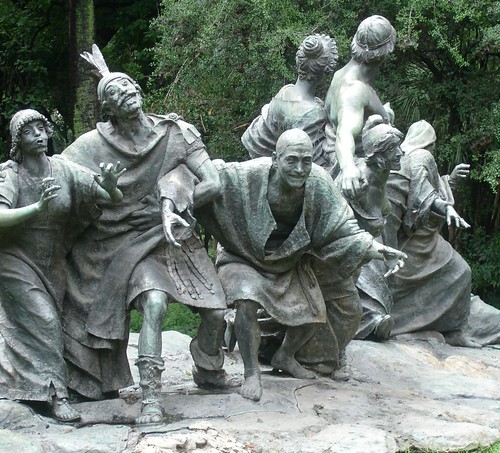
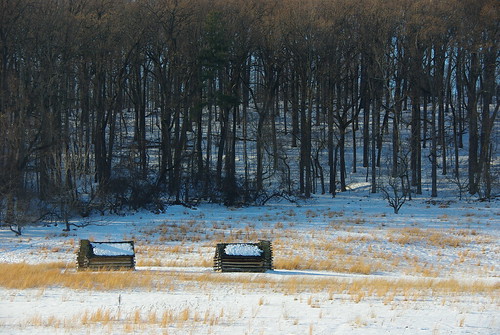
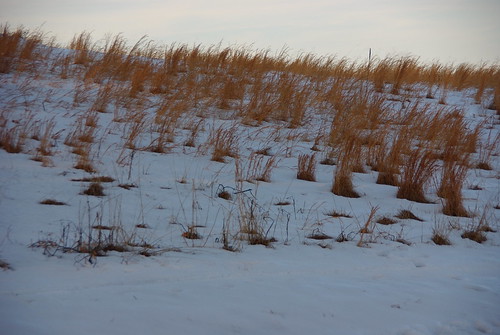
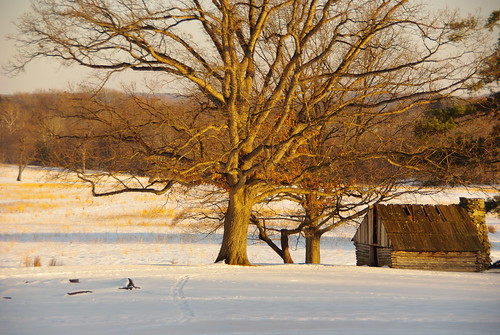
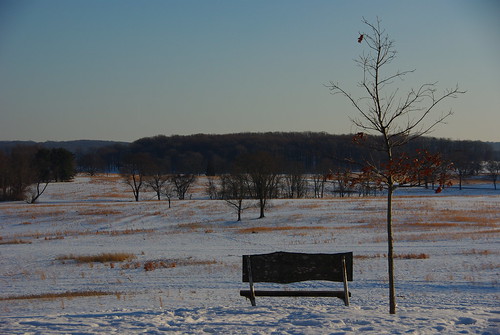
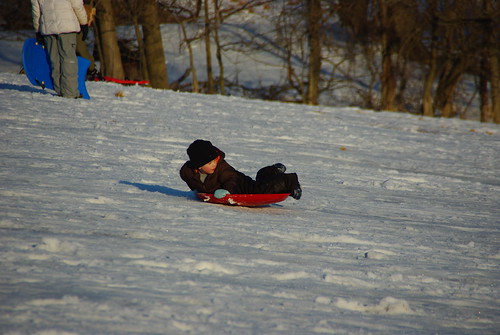
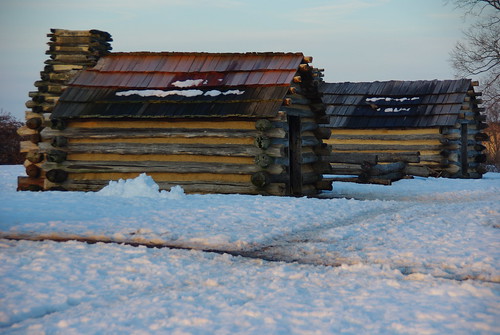
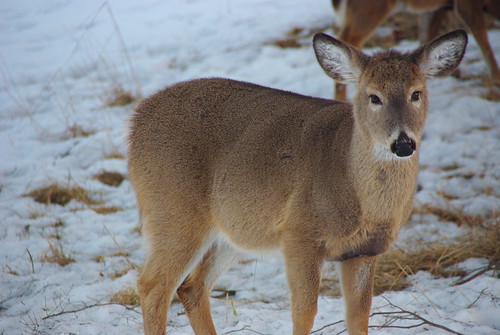
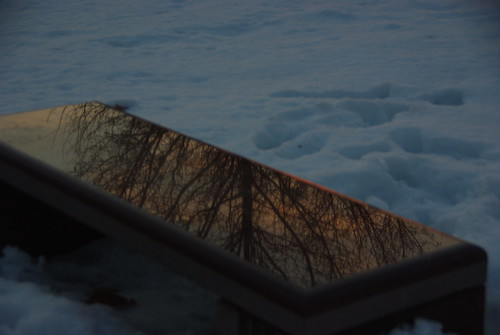
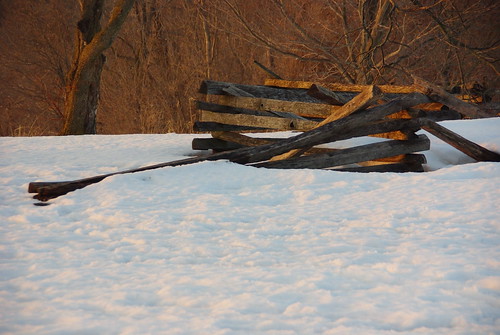
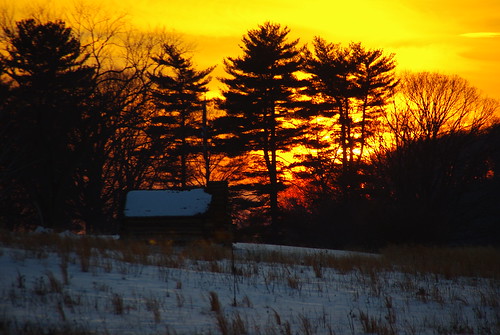
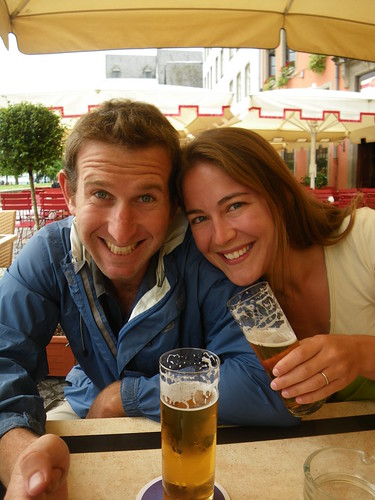

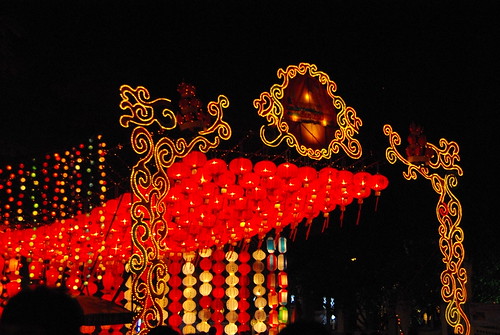
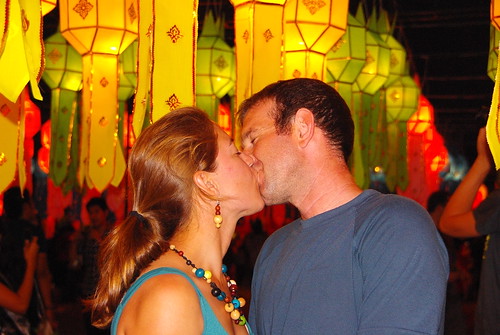
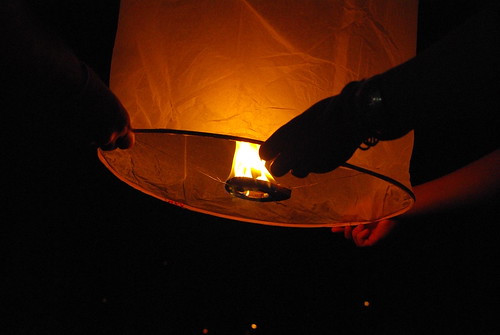 People released their own small boats into the rivers and causeways, but the real festival in Chang Mai was in the air. Each night hundreds of thousands of white paper lanterns were lit and released into the air. Couples, families and friends gathered around each lantern and launched it into the air. Like small sparkling stars, the lanterns floated around in the sky following the wind. It was magical, although more than a few did crash and burn!
People released their own small boats into the rivers and causeways, but the real festival in Chang Mai was in the air. Each night hundreds of thousands of white paper lanterns were lit and released into the air. Couples, families and friends gathered around each lantern and launched it into the air. Like small sparkling stars, the lanterns floated around in the sky following the wind. It was magical, although more than a few did crash and burn!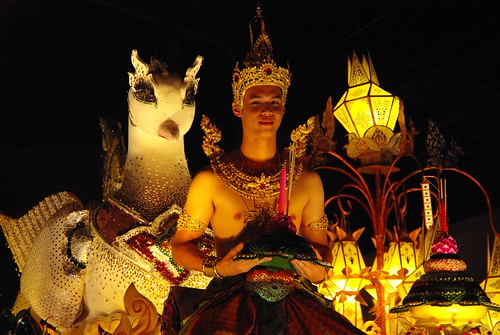
Recent Comments